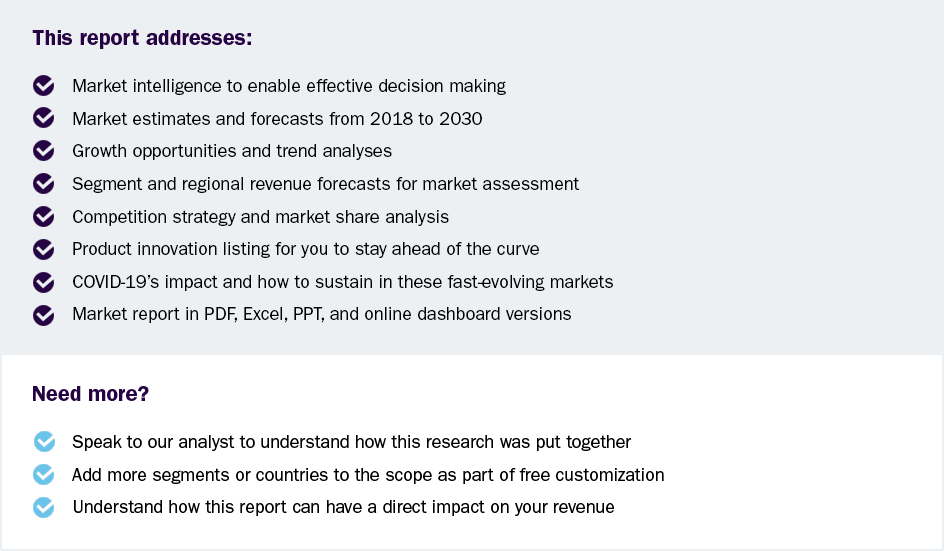Quetiapine Intermediate Chemicals Market To Reach $65.8 Billion By 2030
Quetiapine Intermediate Chemicals Market Growth & Trends
The global quetiapine intermediate chemicals market size is anticipated to reach USD 65.8 billion by 2030 and is anticipated to grow at a CAGR of 4.9% from 2025 to 2030, according to a new report by Grand View Research, Inc. The primary driver is the rising global incidence of mental health disorders, increasing quetiapine demand, and thus the need for its intermediates. The cost-effectiveness of generic quetiapine production, especially in emerging markets, directly fuels demand for efficient intermediate synthesis. Pharmaceutical innovation, including new formulations and delivery systems, also necessitates a steady supply of these chemical building blocks.
The global burden of mental illnesses, such as schizophrenia and bipolar disorder, is a significant driver. Increased awareness and diagnosis contribute to a higher demand for effective treatments like quetiapine. Stressful lifestyles, socioeconomic factors, and aging populations are all contributing to the rising prevalence of mental health disorders.
The expiration of patents on branded quetiapine has opened the market to generic drug manufacturers. This has led to increased competition and a focus on cost-effective production, which directly impacts the demand for affordable intermediate chemicals. Pharmaceutical companies are continuously researching and developing new formulations of quetiapine, such as extended-release versions and novel delivery systems. This research and development activity requires a consistent supply of high-quality intermediates.
The increased prevalence of mental health disorders directly drives pharmaceutical demand for quetiapine, thus escalating the need for its intermediate chemicals. The push for cost-effective generic drug manufacturing compels pharma companies to source these intermediates efficiently. Pharmaceutical R&D efforts focusing on novel quetiapine formulations and delivery systems further contribute to the rising demand for these crucial chemical building blocks.
The Asia-Pacific region is experiencing rapid growth in its pharmaceutical sector, driven by increasing healthcare expenditure and a rising prevalence of mental health disorders, significantly boosting quetiapine demand. The region's strong focus on generic drug manufacturing, aimed at providing affordable medications, directly amplifies the need for cost-effective quetiapine intermediates. Additionally, increasing investments in local pharmaceutical research and development across APAC further contribute to the growing demand for these crucial chemical precursors.
 Request a free sample copy or view report summary: Quetiapine Intermediate Chemicals Market Report
Request a free sample copy or view report summary: Quetiapine Intermediate Chemicals Market Report
Quetiapine Intermediate Chemicals Market Report Highlights
-
Based on end use, the pharmaceuticals segment is expected to have the largest revenue share of 85.5% in 2024. The rising prevalence of mental health disorders, such as schizophrenia and bipolar disorder, is driving increased demand for quetiapine, consequently boosting the need for its intermediate chemicals.
-
Based on product, the Dibenzo[b,f][1,4]thiazepin 11 (10 H)-one segment accounted for the largest revenue share of 35.2% in 2024 and is expected to continue to dominate the industry over the forecast period. It is a fundamental intermediate in quetiapine synthesis, forming the core ring structure. Its production efficiency directly impacts quetiapine output, thus influencing the demand for all upstream intermediates
-
Based on region, Asia-Pacific dominated with a revenue share of 50.7% in 2024. The rapidly growing pharmaceutical industry in the Asia-Pacific region, driven by increasing healthcare expenditure and a rising prevalence of mental health disorders, fuels demand for quetiapine intermediates.
-
In December 2024, Ami Organics Ltd. commenced construction of a second production line at its Cangzhou facility in Hebei Province, China, to manufacture the multifunctional additive Nylostab S-EED. This expansion, in partnership with Beijing Tiangang Auxiliary Co., Ltd., aims to meet the increasing demand from China's nylon industry, particularly in the textiles, automotive, and packaging sectors.
Quetiapine Intermediate Chemicals Market Segmentation
Grand View Research has segmented the global quetiapine intermediate chemicals market based on the product, end use, and region:
Quetiapine Intermediate Chemicals Product Outlook (Volume, Kilotons; Revenue, USD Million, 2018 - 2030)
-
1-[2-(2-Hydroxyethoxy) ethyl] Piperazine
-
Dibenzo[b,f][1,4]thiazepin 11 (10 H)-one
-
Other Products
Quetiapine Intermediate Chemicals End Use Outlook (Volume, Kilotons; Revenue, USD Million, 2018 - 2030)
-
Pharmaceuticals
-
Other End Use
Quetiapine Intermediate Chemicals Regional Outlook (Volume, Kilotons; Revenue, USD Million, 2018 - 2030)
-
North America
-
U.S.
-
Canada
-
Mexico
-
-
Europe
-
Germany
-
UK
-
France
-
-
Asia Pacific
-
China
-
India
-
Japan
-
-
Latin America
-
Brazil
-
Argentina
-
-
Middle East & Africa
-
Saudi Arabia
-
South Africa
-
List of Key Players in the Quetiapine Intermediate Chemicals Market
-
Merck KGaA
-
AstraZeneca
-
Aarti Pharmalabs
-
Luye Pharma Group
-
Ami Organics Ltd.
-
IOL Chemicals & Pharmaceuticals Ltd
-
AR Lifesciences
-
ALLCHEM LIFESCIENCE PVT. LTD.
-
Aether Industries
-
Shreeneel Chemicals

